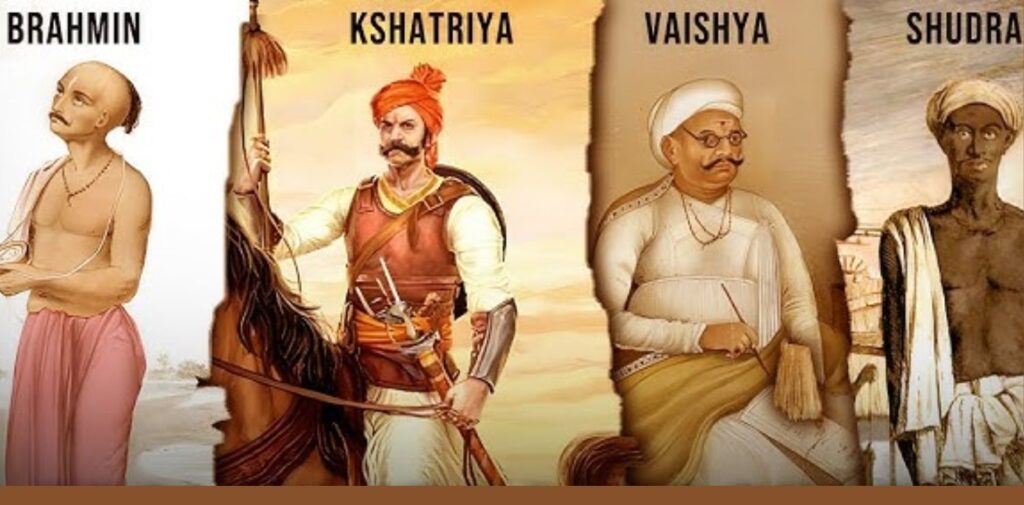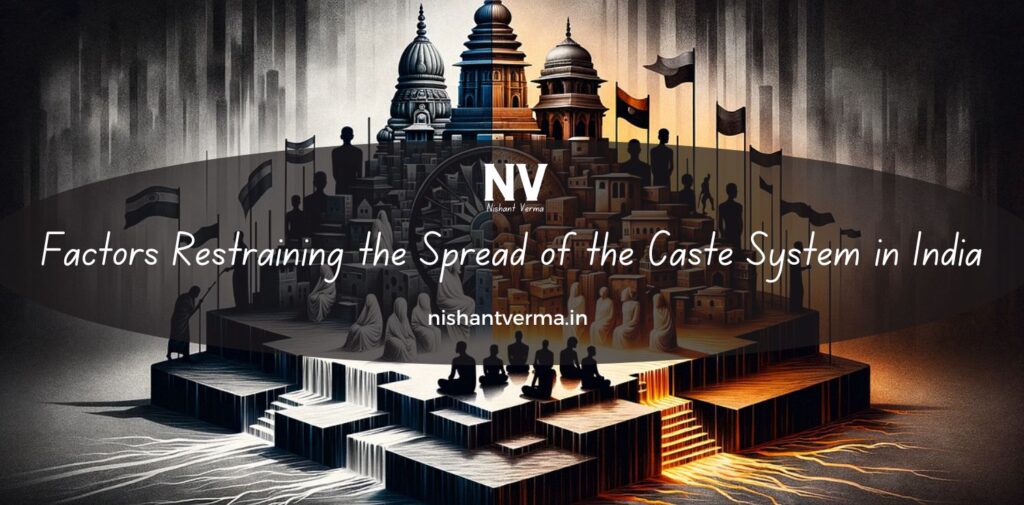The Caste System in India has been a significant social structure in India for centuries, influencing various aspects of life, including social interactions, economic opportunities, and political dynamics. However, over the years, several factors have emerged that have helped to restrain the spread and rigidity of this system. This article explores these factors in detail, presenting a comprehensive understanding of how they have contributed to the evolution of Indian society.
Understanding the Caste System in India
Before delving into the restraining factors, it’s essential to grasp what the caste system is. Traditionally, it categorized people into hierarchical groups based on their occupation and social status. The main categories include:
- Brahmins: Priests and scholars
- Kshatriyas: Warriors and rulers
- Vaishyas: Traders and agriculturists
- Shudras: Laborers and service providers
Over time, many sub-castes emerged, leading to a complex web of social stratification. The system often dictated personal and social interactions, restricting individuals based on their caste.

Legal Framework
One of the most significant factors restraining the spread of the caste system is the legal framework established in India. The Indian Constitution, adopted in 1950, laid the foundation for social justice and equality. Key elements include:
- Abolition of Untouchability: Article 17 of the Constitution explicitly prohibits untouchability. This legal measure has empowered marginalized communities and has been crucial in dismantling discriminatory practices associated with caste.
- Reservation Policies: To promote social equality, the government implemented reservation policies in education and employment for Scheduled Castes (SC), Scheduled Tribes (ST), and Other Backward Classes (OBC). These policies aim to uplift historically marginalized groups and have opened up opportunities previously denied due to caste restrictions.
Economic Development
Economic growth has played a vital role in reducing the influence of the caste system. Here’s how:
- Industrialization: With the advent of industrialization, job opportunities began to arise outside the traditional caste-based occupations. Many individuals from lower castes found employment in factories and industries, enabling them to improve their socio-economic status.
- Urbanization: Urban areas tend to promote diversity and social mixing. As people migrated to cities for better job prospects, caste identities became less rigid. In urban settings, individuals interact with diverse groups, which diminishes the significance of caste in everyday life.
- Economic Mobility: Economic development has allowed many individuals to rise above their caste limitations. With education and job opportunities, people are increasingly able to change their socio-economic status, leading to a decline in caste-based discrimination.
Education and Westernization
Education has been a powerful tool in combating the caste system. The spread of Western-style education has significantly contributed to changing social attitudes.
- Access to Education: Efforts to improve access to education for all, including marginalized communities, have increased awareness of human rights and social equality. Education promotes critical thinking, enabling individuals to challenge traditional caste norms.
- Influence of Western Values: Westernization introduced ideas of individualism and equality. As these values spread, they encouraged people to question the legitimacy of the caste system. Awareness of global human rights issues has prompted many to advocate against caste-based discrimination.

Social Movements
Various social movements have played a crucial role in resisting the caste system. These movements have sought to empower marginalized groups and promote equality.
- Reform Movements: In the 19th and 20th centuries, several reformers like B.R. Ambedkar and Jyotirao Phule campaigned against caste discrimination. Their efforts to raise awareness and advocate for the rights of the lower castes have had a lasting impact on Indian society.
- Modern Activism: Today, numerous organizations and activists continue to fight against caste discrimination. They leverage social media and public campaigns to highlight injustices and advocate for change.
Political Changes
Political dynamics have also influenced the caste system’s persistence and decline.
- Political Representation: The reservation of seats in legislatures for SCs and STs has ensured political representation for marginalized communities. This representation allows them to voice their concerns and fight for their rights.
- Changing Political Alliances: Over time, political parties have sought to appeal to a broader electorate, which often includes lower-caste populations. This shift has encouraged political mobilization against caste discrimination and fostered a sense of unity among various communities.
Cultural Changes
Cultural shifts have also played a significant role in restraining the caste system.
- Inter-Caste Marriages: As society evolves, inter-caste marriages have become more common, breaking down barriers that reinforce caste divisions. These marriages promote social integration and help normalize relationships across caste lines.
- Changing Social Norms: Cultural perceptions around caste are gradually changing. The younger generation, influenced by education and exposure to diverse ideologies, often rejects rigid caste identities.

Role of Media and Technology
The rise of media and technology has been instrumental in raising awareness about caste discrimination and promoting social change.
- Social Media Awareness: Platforms like Facebook, Twitter, and Instagram have become powerful tools for advocacy. They allow marginalized voices to be heard, enabling discussions on caste issues and mobilizing support for social justice.
- Information Access: The internet has made information more accessible, allowing individuals to learn about their rights and the implications of the caste system. This access to knowledge empowers people to challenge discriminatory practices.
Globalization
Globalization has introduced new cultural and economic dynamics that impact caste relations.
- Exposure to Global Cultures: Increased exposure to global cultures has encouraged the adoption of values that emphasize equality and social justice. As individuals engage with different cultures, they often reassess their own beliefs about caste.
- Economic Opportunities Abroad: The rise of global job markets has allowed many individuals to seek employment abroad, where caste identities are often less relevant. This economic mobility contributes to diminishing caste distinctions at home.
Conclusion: Caste System in India
The caste system has historically been a defining feature of Indian society, but numerous factors have contributed to its decline and transformation. Legal measures, economic development, education, social movements, and changing cultural attitudes have collectively restrained the spread of caste-based discrimination.
As India continues to evolve, it is crucial to foster an inclusive society that recognizes and values diversity. Continued efforts to challenge caste discrimination and promote equality will be vital in ensuring that the remnants of the caste system do not hinder social progress. Understanding and addressing the factors that have restrained the caste system can help guide future initiatives aimed at building a more just and equitable society for all.




